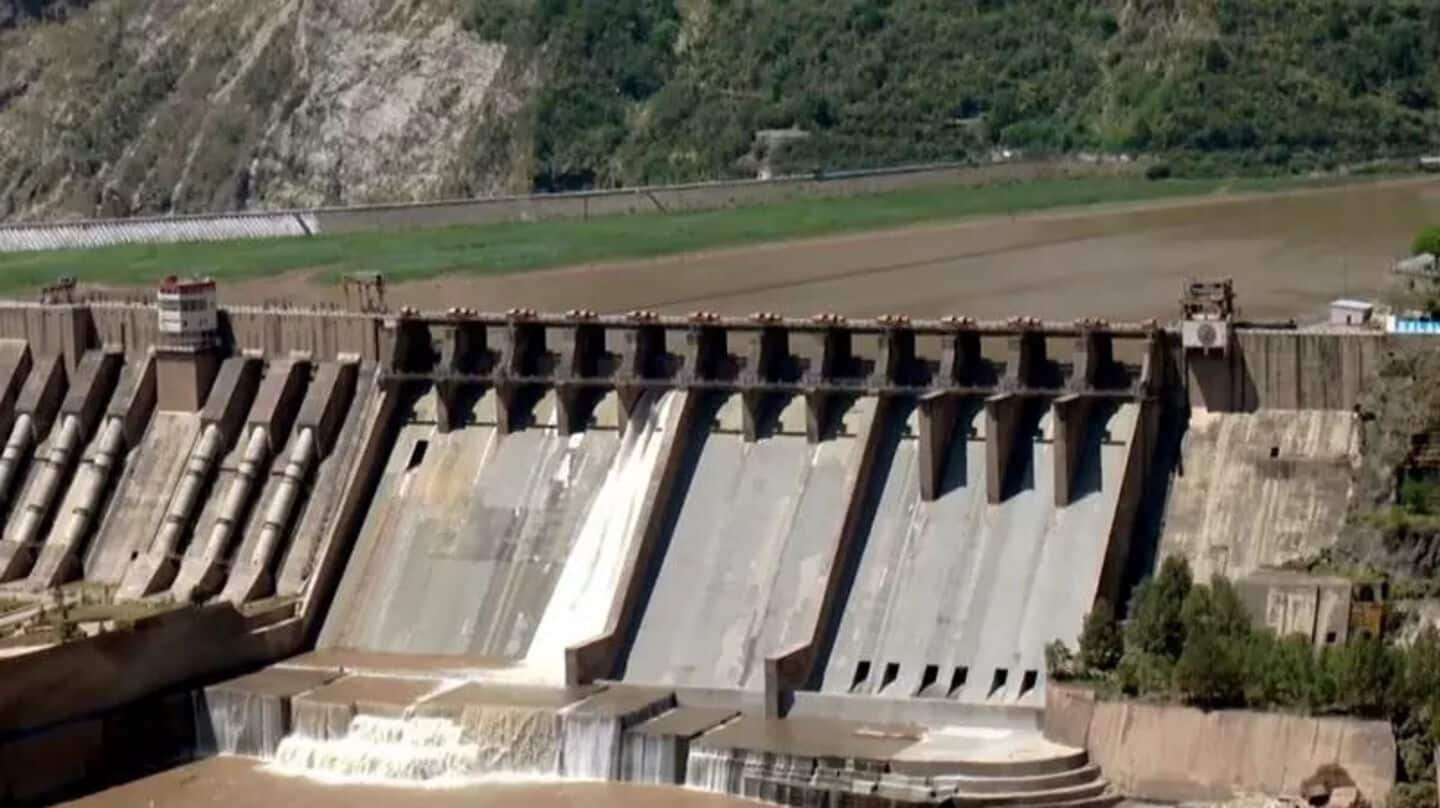
India stops Baglihar dam water after suspending Indus Waters Treaty
What's the story
India suspended water flow through Baglihar Dam on Chenab River and is looking to do the same at Kishanganga Dam on Jhelum River. The hydroelectric dams, located in Ramban in Jammu and north Kashmir respectively, give India the right to control the timing of its water release. The suspension of the decades-old Indus Waters Treaty came after a terrorist attack in Pahalgam, Jammu and Kashmir, that killed 26, mostly tourists.
Treaty details
Indus Waters Treaty: A historical agreement
The Indus Waters Treaty, brokered by the World Bank, has governed the use of the Indus River and its tributaries between India and Pakistan since 1960. The Baglihar Dam has been a bone of contention between India and Pakistan for several years, with Pakistan earlier seeking World Bank arbitration. The Kishanganga Dam has also faced legal scrutiny over its possible effect on the Neelum River, a Jhelum tributary.
Impact on relations
India's decision to halt water flow
India's stopping of water through these dams is a big step that emerged after strained ties with Pakistan. The Indus Waters Treaty has been key to keeping cooperation between the two countries over their shared water for more than 60 years. But after the recent terrorist attack in Pahalgam, India has decided to take specific actions regarding water flow.